Where to begin? It’s probably best to give a little background on me and architecture first. Until I transferred to the Art Institute of Fort Lauderdale, I was studying to be an architect. In fact, I have a very rich background before college in architecture, which is a long story and a long time ago, so let’s just leave it that I was recognized in the field before I started college. I should also add that my creative nature really did not lend itself to architecture; thankfully my creative nature is well suited for photography.
So, as to architectural photography, I do have a bit of an advantage, given my extensive background and professional experience as a draftsman.
1. The most important aspect about architectural or interior photography is to know your audience!!! And also know the goal, specific task, or communication job that the images need to accomplish.
The images that an architect will love will have you thrown out of an interior designer’s office, and a contractor might shoot you with a nail gun. If you are now showing these same beautiful architectural images to a facility manager, property marketing firm, event planner or a banquet manager, get ready to hit the door, because they most likely will not do.
I recall one contractor telling me, that the last photographer photographed great images, if he was selling dining room tables, but the image did not show his dining room, much less sell it. And then there was the very outstanding interior designer who stated, “Your image MUST capture the feel of the room, but really, you do not need to show the room just the feel.”
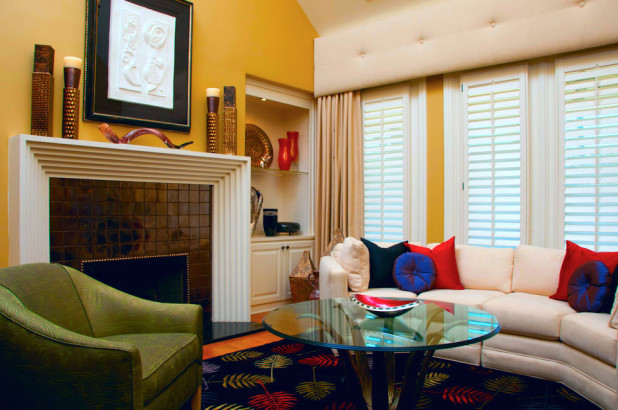
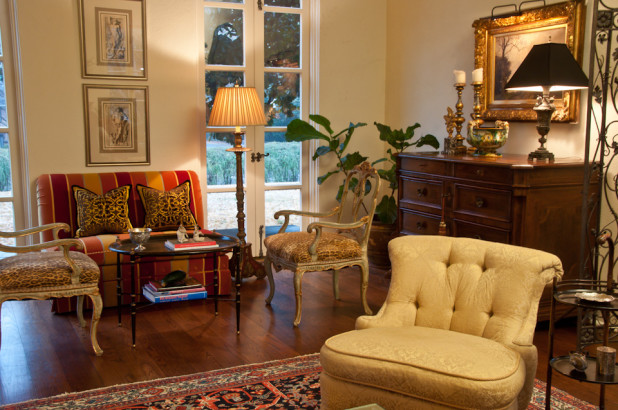
And then there was the facility manager for one of the casinos who said, ” The last guy did a great job capturing really impacting, dynamic images. The only problem is, you could not recognize the facility even when you were standing in the center of the same space. If an event planner travels across the country or books our facilities based on his images, it would be fraud. I need good images that show the facility accurately.”
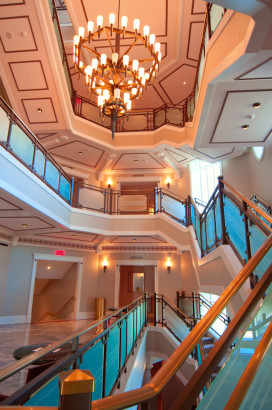
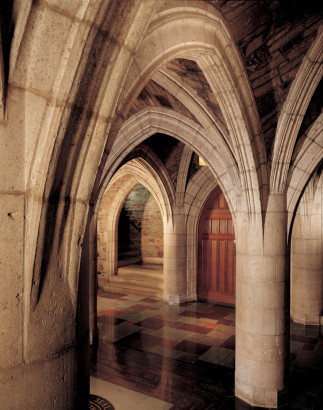
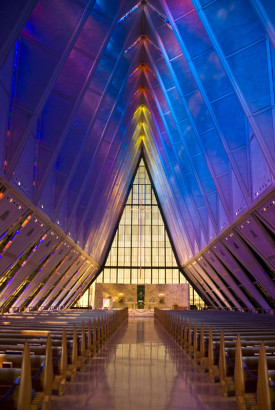
With architecture or interior photography, the images perform a task or have a specific purpose, and this purpose is different depending upon your audience.
2. Which brings us to the second most important aspect of architectural photography and that is, which style of photography to apply in order for the image to achieve the goals.
The style of photography, documentary, impressionist, stylized, lifestyle, or fantasy, when applied to the same architectural structure will convey a totally different message to the viewers. Worth noting, the visual message conveyed by the photograph is instantaneous, even faster than reading the headline. The visual message will set the tone of all that follows, and the viewer will read the text to confirm or deny the initial message which was delivered by the photograph. (Initial Message = Photograph)
3. It could easily be stated that a large part of the success and value of your sales is set by the photography. With poor or incorrect style of photography, how much money will have to be discounted by the salesperson to overcome the incorrect initial message and close the sale? How many potential buyers are not knocking at your door due to the initial message? With a well crafted image properly styled for the designed or identified purpose, how many more buyers are being drawn? Is there a shorter close cycle? Are you closing for higher numbers? The short answer is YES.
Three of my clients are subdivision tract developers. The story for two of three is about the same: Average annual sales before my photography was 220 houses. After my photography, sales grew to 450 houses per year. The only change in their marketing plan was my photography.
The third developer has houses starting at $750,000 on the low side, and up to $5M to $5.5M on the high side. Before hiring me, 30 houses per year. After me, 90 houses per year, and on my testimonial page you can read her own words. When offered free photography from a printer wanting her print business, she answered,. “Thank you, Mike’s photographs to sell my product.”
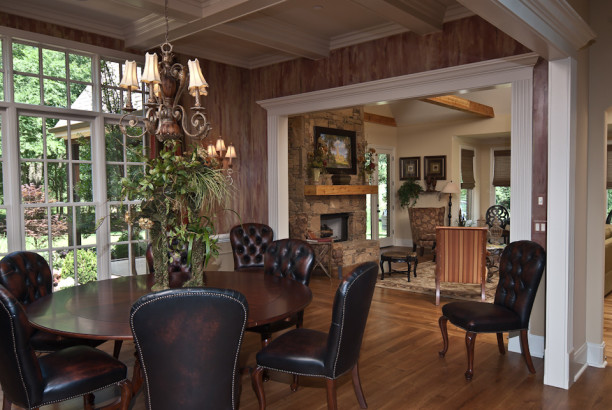
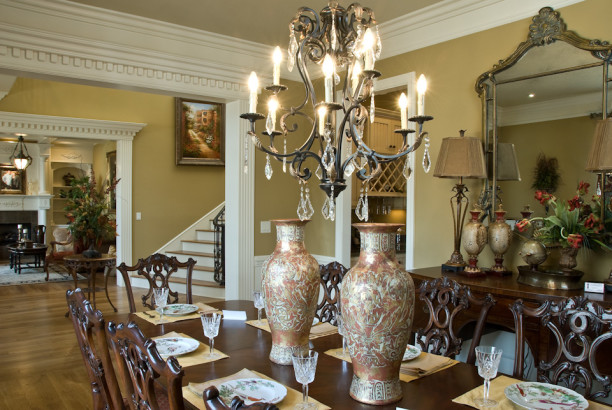
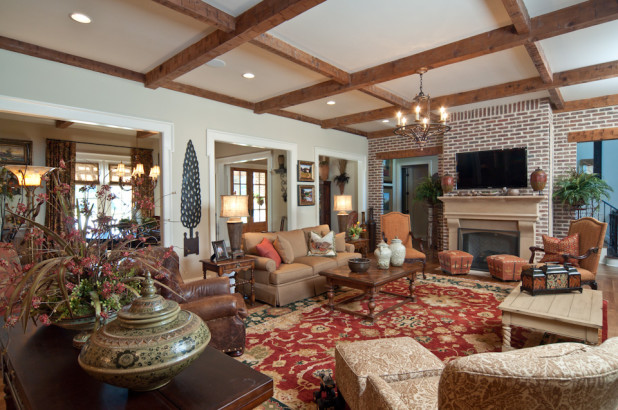
And for the two tract developers, well one of them changed their graphic designer and the new designer insisted that I send my assistant to do the photography to cut costs. I should say my assistant did a very clean job. Technically, the images were flawless. I delivered the work personally to the marketing director without indicating that I did not do the photography personally. Ms. Trash’s first words after looking at the images were,” When are you re-doing the photography? At no cost to us. And you will be doing the work personally! You, Mr. Boatman did not shoot these and your images sell. I do not know if these photos will sell, but I know yours do, so when are you re-shooting?”
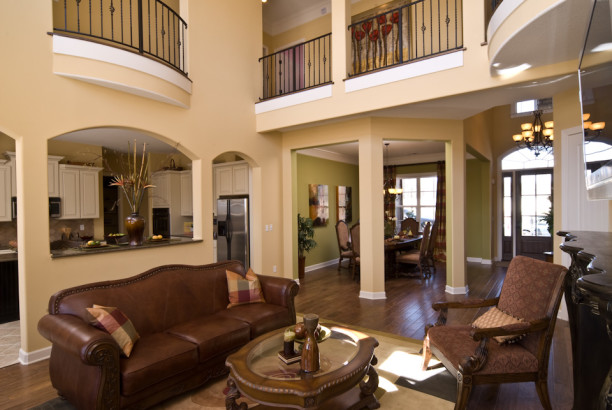
I really don’t blame her, because her average house ssells for $250,000 to $370,000 and they have a multiple year track record with sales over 450 units per year, up from 220. That is a gross increase of $63,250,000. I re-shot the houses at my cost and the new graphic design firm was restricted to design.
Just a closing thought or question: If you are selling a product worth over 6 figures and in many instances over 7 figures, why would you do the photos yourself or think an entry level photographer or student can do the job?

There are no comments